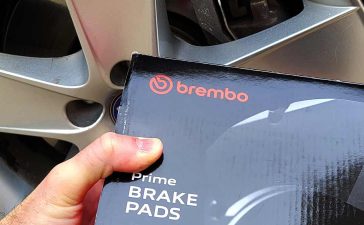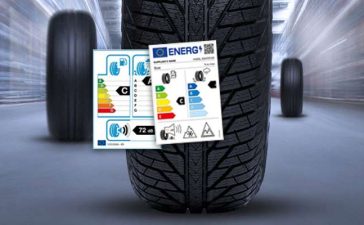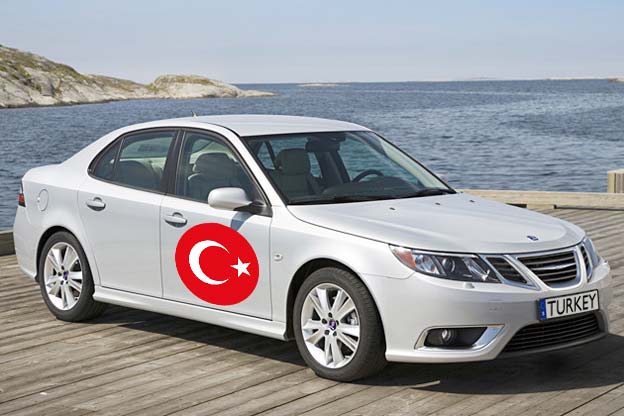The (foot) brake is used to stop the car in motion, and the hand brake is used to stop the car in case of loss of brake fluid in the braking system, but also, of course, when parking. One of the most important systems in a car is the braking system, so we advise you to regularly go for a vehicle inspection and not perform diagnostics yourself – leave this type of work to professionals.
But speaking of braking, there are some driving behaviors that identify good drivers. In addition, proper braking and the use of brakes in general greatly affects driving economy. The cost of fuel in these times of crisis is a heavy burden for many, and more and more drivers are trying to reduce fuel consumption.
Proper braking makes a good driver
One of the best ways is to drive as much as possible at an even speed, without frequent acceleration and braking. Each time you brake, fuel is consumed unnecessarily, because the car’s kinetic energy is converted into heat (by the friction of the brake pads against the brake disc, i.e. the drum). That is why you should drive moderately and as much as possible at a uniform speed. Then it will be necessary to brake less and then accelerate, and fuel consumption will be the lowest. The wear of the brakes shows what kind of driver it is.
So, if you come across a traffic light with a red light, you can release the accelerator pedal 200-300 meters before and brake with the engine and driving resistance (air resistance, friction). Such deceleration is also possible if a sufficiently large distance is kept from the vehicle in front. In order not to brake unnecessarily, you should not accelerate unnecessarily or suddenly. And the slower you drive, the less kinetic energy you create (mass times speed squared through 2), which you need to convert into heat by braking-friction.
How to brake properly?
This is directly related to the wear of brake pads, discs, tires, of course fuel, and engine wear. Moderate driving, therefore, pays off many times over, and in particular, fuel consumption is reduced.
- Don’t brake constantly – follow the traffic and use the brake when necessary. In this way, you save the brake system and fuel.
- Do not brake suddenly – prepare for braking by releasing the gas pedal in time and after the car slows down naturally, gently use the brake to slow down or stop the vehicle.
- Sudden braking with ABS braking system – if you need to brake suddenly, press the brake with all your power because the wheels will not lock. Hold the brake pedal firmly for as long as necessary.
- Sudden braking without ABS braking system – if you need to brake suddenly, do it a little more gently, so that the wheels do not lock. Increase the pressure on the brake pedal but do not “slam” the brake so that you can still control the vehicle.
- Engine Braking – Today’s brakes are much more efficient than in the past, but you can still use the transmission to slow the vehicle down. This technique is good for steep downhills and when hauling loads. Shift into a lower gear to assist the engine and prevent the brakes from overheating.
- Corner braking – when turning, press the brake to slow down before entering the turn. As you enter the corner, begin to ease off the brake and accelerate gently.
Proper braking can save you from numerous unwanted consequences, so it is good to practice certain situations when it is possible and completely safe.












Hvala gospodine Jokicu .
Pozdrav Rada
( vlasnica Saab – 40 godina)